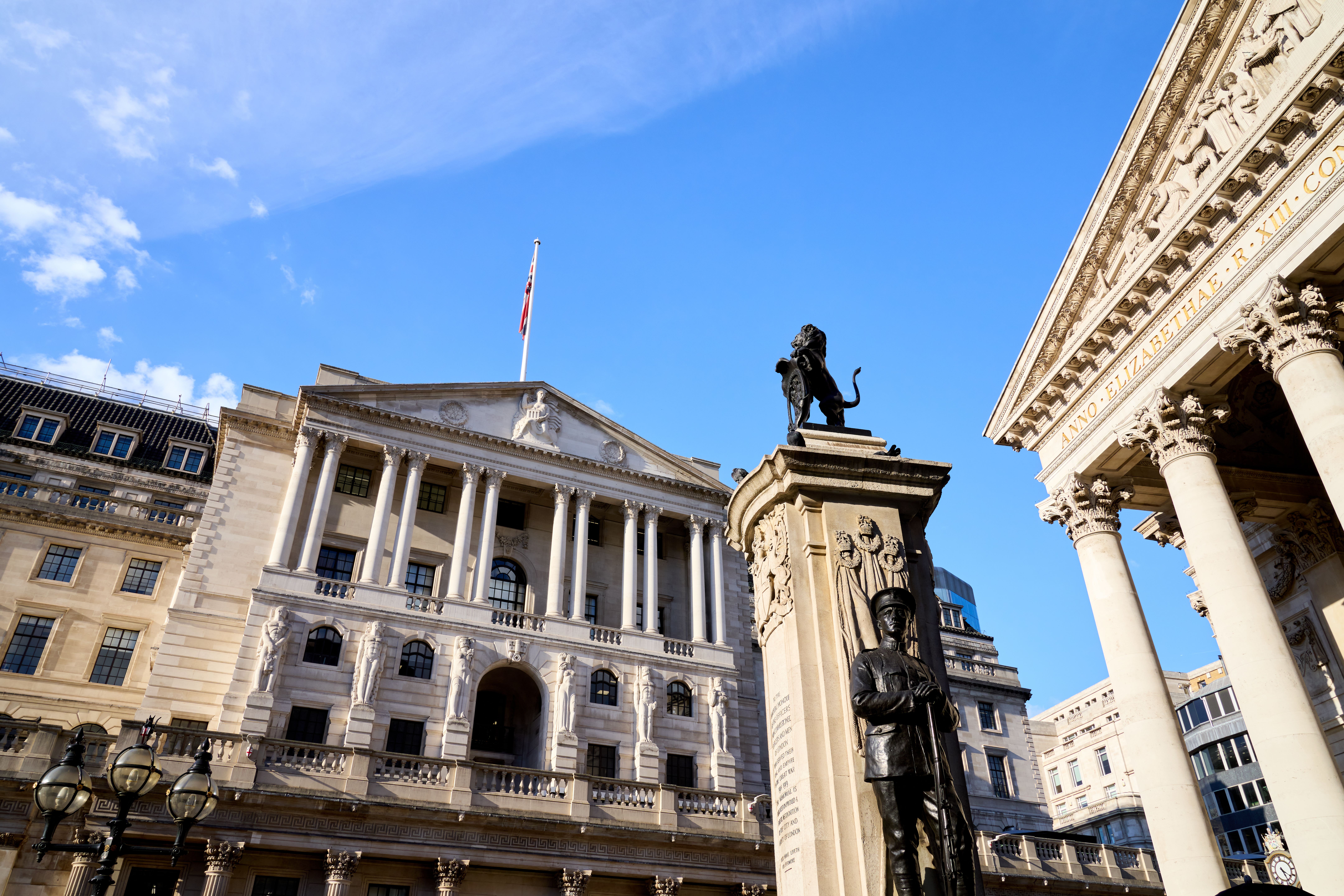History is repeating itself – and showing why the Bank of England requires an overhaul
The Bank’s governor, Andrew Bailey, has become a convenient scapegoat for some over the current economic situation. But, argues Chris Blackhurst, there is still a need for change


Gosh, memories can be short where the media and politics are concerned. Only a fortnight ago, Andrew Bailey was being hailed as a hero by all the press and politicians. The Bank of England governor had stepped in with a rescue package to stabilise the bond markets after Liz Truss and Kwasi Kwarteng’s shock mini-Budget.
Now, though, Bailey, for some sections of the press and the Conservative benches, is a villain, responsible it seems for pouring petrol on the fire – to the extent that the inferno is much bigger and out of control.
This is nonsense, of course. The taciturn official is a convenient scapegoat. Truss and the now-former chancellor were the arsonists – without Bailey’s intervention the whole house would have gone up. It still might, of course. But if it does, there’s no doubt where the blame should lie, with the prime minister and Kwarteng for needlessly and recklessly getting us into this mess in the first place.
Bailey, though, does not escape scot-free. Part of his job is to assess risk. He and his colleagues are supposed to scan the markets and the activities of the financial institutions to spot where problems lie and to head them off before they turn nasty. In this, they have failed.
Until recently, I confess, I’d not heard of liability-driven investment strategies or LDIs as they’re now commonly referred to. Neither, I submit, had many other people, among them seasoned City practitioners. LDIs resided in an obscure corner of the most unfashionable area of finance, in pensions.
It’s taken an almighty spasm in the system to reveal that £1.6 trillion is tied up in them. LDIs are the investments made by some pension funds to top up their assets, to enable them to meet their obligations on final salary schemes. They’re tied to Treasury bonds or gilts, which are low risk unless, of course, they crash as they have done recently, and in which case LDIs become extremely high risk.
For those of us who covered the 2008 banking collapse, this is all reminiscent. For LDIs today, read sub-prime back then.
Sub-prime mortages also related to an unsexy area of the market – loans to US home buyers who would normally be seen as a risk. These were advances for not enormous sums that individually generated a tiny return. Package them up, however, and the figures looked more enticing. That’s what the bankers did: they rolled up the sub-prime loans into an investment product they could then sell on and investors duly bought them.
The problem was if, for some reason, borrowers defaulted, what then? That’s what occurred: US interest rates rose sharply and suddenly (sounds familiar?), and those holding sub-prime were left high and dry.
Few experts saw this coming – many claimed they did but, really, they didn’t, or at least they warned generally about the overheating nature of the industry with bankers looking for anything they could lay their hands on and turn into a sellable opportunity. That, though, is not the point: it’s not the job of pundits to analyse risk and act accordingly. That’s down to the authorities and here they were found lacking.
Same today. It turns out that five years ago the treasurer of Next, the retailer, wrote to the Bank, then run by Mark Carney, saying he feared a looming “timebomb” with LDIs. His firm had been approached to use them in relation to the management of its own pension scheme, looked and turned them down on the grounds they were too risky.
Lord Wolfson, the Next chief executive, says: “We don’t have LDIs. We not only said we wouldn’t do LDIs when we were being sold them by everyone who thought they were a brilliant scheme, we also – our treasurer – wrote to the Bank of England to say that we felt it was destabilising.”
A year later, the Bank’s own financial stability report in November 2018 highlighted the risk that LDIs posed. It spoke of the hazard of “potential calls on collateral that could arise in a stress” and added “it is not clear whether pension funds and insurers pay sufficient attention themselves to liquidity risks. For example, initial work by Bank staff has found that some insurers may not be recognising fully all the relevant liquidity risks”.
The report came out in a period of strength for this section of the industry. Gilts were performing solidly and the pension funds, if they bothered to read the report at all, were unconcerned about the Bank’s comments.
Again, though, that is not the point. Surely, the Bank should have got on to the funds and been more proactive in advising them of the risk they were taking. But when you re-read what the Bank said in its report, they place the onus on the funds to monitor themselves – “it is not clear whether pension funds and insurers pay sufficient attention themselves to liquidity risks”.
So, the pensions sector piles into LDIs, a highly reputable corporate raises the alarm, the supervisor shrugs and does not immediately do anything but then flags its concern in a report and then does nothing when the warning is ignored. It’s precisely this sort of lackadaisical attitude that got us into trouble before, on several occasions, not just in regard to sub-prime. Doubtless it will again. That’s unless real change is made.
Bailey must use this episode as the cue, finally, to overhaul the Bank, to raise its game so the “Old Lady” (a moniker that seems horribly apposite and does not help where accusations of being out of touch are concerned) is genuinely across the investments spectrum and is not so complacent. It’s not just Truss and Kwarteng. Bailey needs to step up and make his own organisation fit for purpose.






Join our commenting forum
Join thought-provoking conversations, follow other Independent readers and see their replies
Comments